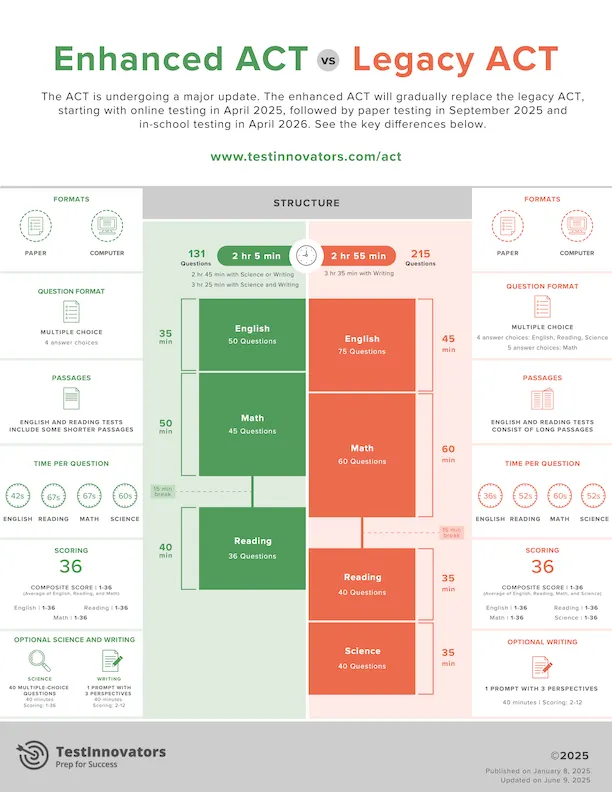OACAC Articulation
MyPath attended the OACAC Articulation hosted at Cleveland State University and got a full update on colleges’ across Northeast Ohio. After receiving a full introduction from the president of CSU, Dr. Laura Bloomberg, topic breakouts spanned over the course of the day.
ACT Updates
The ACT is getting substantial updates similar to that of the SAT in the years prior. In summary, the ACT will make the science and writing portions of the test optional. This will heavily impact the amount of time the test will take — taking off 44 questions from the original exam. In doing this, it is meant to specialize testing for certain fields and pathways without putting pressure on the rest of the student populace. If you add writing to your test score you will receive a secondary ELA score, similar with adding science you will receive a STEM score. College admissions counselors advised us that this will not effect the incoming student population going to public universities in the area and private schools reported that they may be moving to the SAT until the ACT can settle its transition. The transition for the ACT is reported to be finished in Spring of 2026 to which all testing will move to the Enhanced ACT. In addition to these changes testing mediums will adjust to include online testing, in person testing, and BYOD testing at schools.

College Credit Plus
The report for college credit plus stated that 40% of community college students are part of the CCP program. With this change they are trying to provide more pathways for students looking to make early advancements in their education. Colleges’ throughout Northeast Ohio are starting programing where there is need, and they are achieving this through student waivers. College counselors advise that if students would like to see specialized programing to communicate that need with a high school counselor to poll other students. For more information follow the link below.
Financial Aid
Financial aid has some updates coming into full effect for the following semester. Firstly, the FSAID gained efficiency and will immediately verify an account when using a SSN. In addition, parents will be sent an email to verify interaction with their students account instead of requiring information to be inputed through the students account. If parents do not apply with their students account, the student will only be eligible to get unsubsidized loans through the FAFSA. Also, more details have been added to explain an independent student vs. a dependent student — dependent students need a parent or guardian to sign off on their FAFSA while and independent student does not. See the video below to understand the updated terminology used to find out what you are categorized as, dependent or independent. Aside from the FAFSA, parent plus loans will have a limit on a per student/per household basis of up to $60,000 a year, where before it had a limit of $100,000. the OASFAA will be having a financial aid presentation at Kent State University on October 6th, 2025. All resources from their presentations will be posted on their website oasfaa.org for more information.
